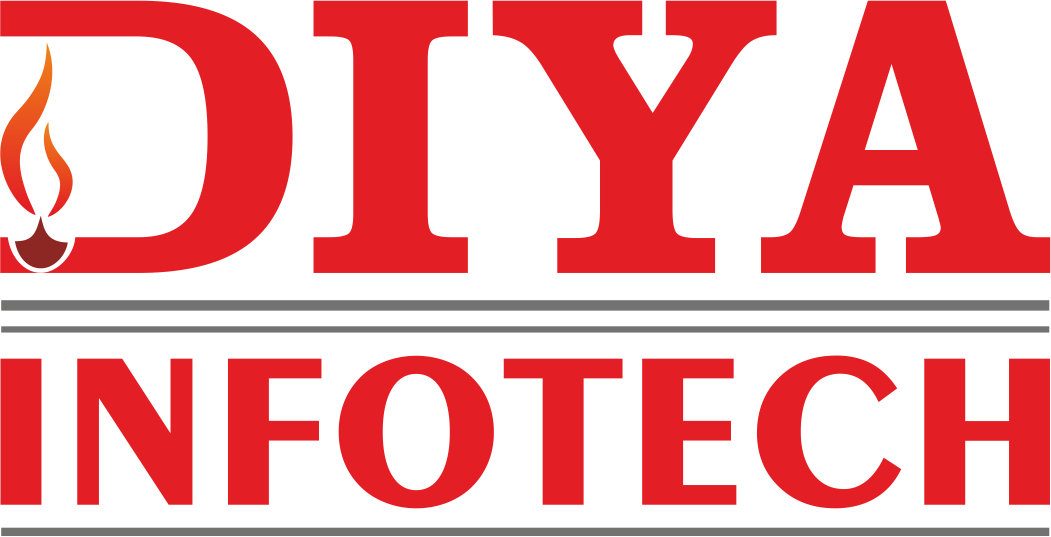Remote Desktop Services (RDS) in Windows is a feature that allows users to access applications, desktops, and data on a remote computer over a network. While the core functionality is similar between Windows Client and Server operating systems, there are some differences in how Remote Desktop Services is implemented and utilized. Here are key distinctions:
Remote Desktop Services in Windows Client OS (e.g., Windows 10):
- Client Access License (CAL): In a Windows client operating system, such as Windows 10, Remote Desktop Services are primarily designed for individual use. It supports a limited number of concurrent remote connections (typically one user at a time) for administrative purposes or remote assistance. Client Access Licenses (CALs) are not typically required for individual use.
- Single User Mode: In a client OS, Remote Desktop is often used in a single user mode, where one user connects remotely to their own session on the host machine. It is well-suited for scenarios where an individual needs to access their own desktop or applications from a different location.
- Limited Concurrent Connections: Windows client operating systems have limitations on the number of concurrent Remote Desktop connections. For example, Windows 10 Professional supports one concurrent Remote Desktop connection, while Windows 10 Enterprise supports multiple connections.
Remote Desktop Services in Windows Server OS (e.g., Windows Server 2019):
- Client Access License (CAL): In a Windows Server operating system, Remote Desktop Services are designed for a multi-user environment. To allow multiple users to access the server simultaneously, you typically need to purchase Remote Desktop Services Client Access Licenses (RDS CALs) in addition to the Windows Server licenses.
- Multi-User Sessions: Windows Server OS supports multi-user sessions through Remote Desktop Services. Multiple users can connect concurrently, each with their own separate session, desktop, and applications.
- Remote Desktop Session Host (RDSH): Windows Server includes a role called Remote Desktop Session Host (RDSH), which enables the hosting of multiple remote desktop sessions. This allows users to run applications on the server and access them remotely.
- Virtual Desktop Infrastructure (VDI): Windows Server can be used for Virtual Desktop Infrastructure (VDI), allowing the deployment of virtual desktops for multiple users, each running in its own isolated environment.
In summary, while Remote Desktop Services is a feature available in both Windows client and server operating systems, the implementation and capabilities differ. Client OS versions are more geared toward individual use, whereas server OS versions support a multi-user environment and require additional licensing for broader usage.
